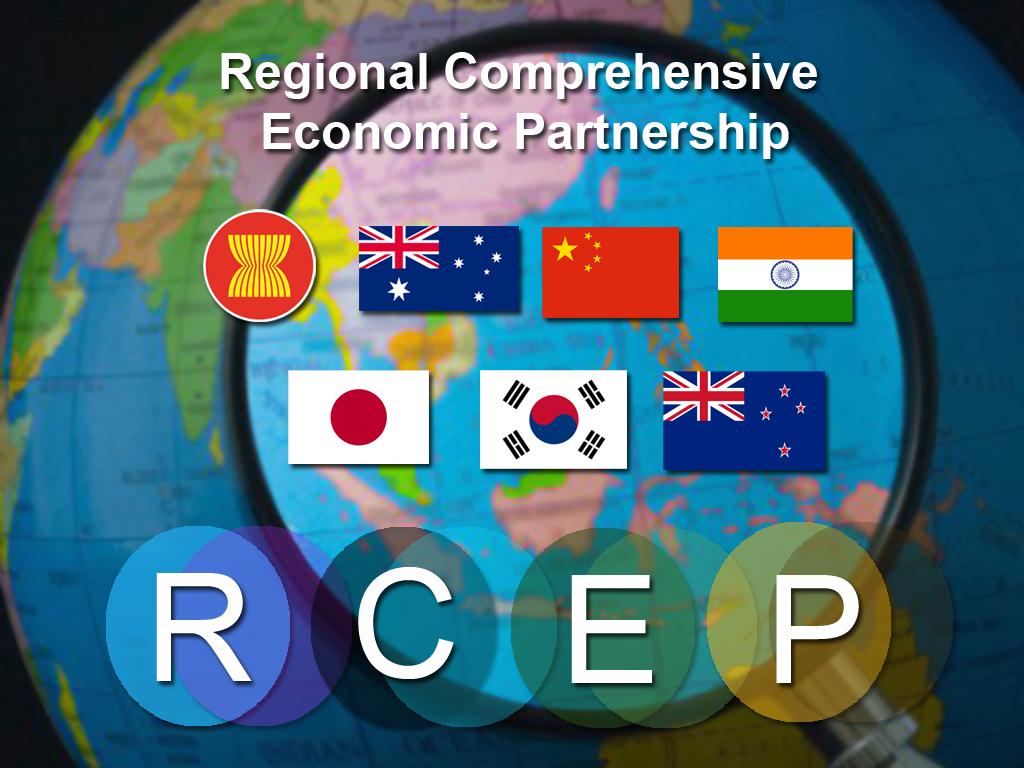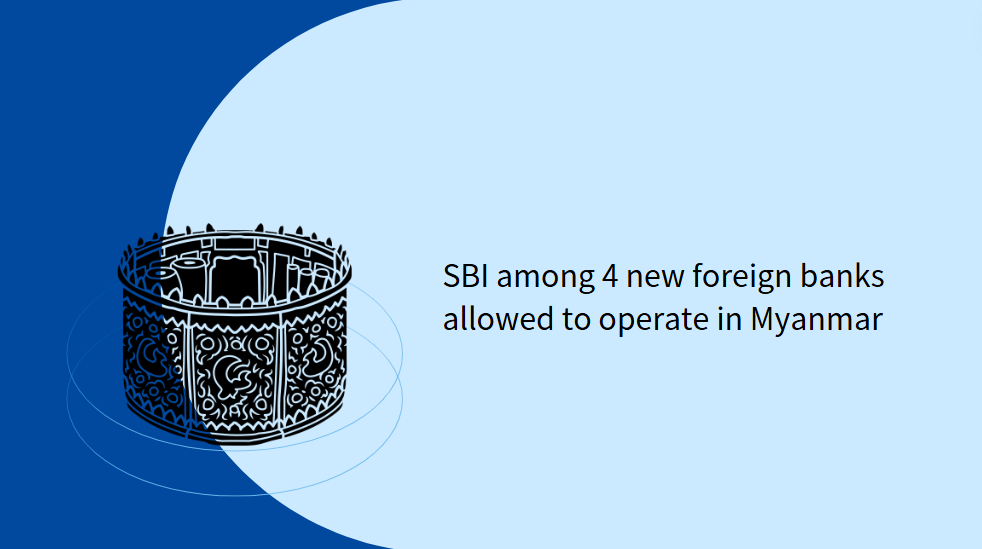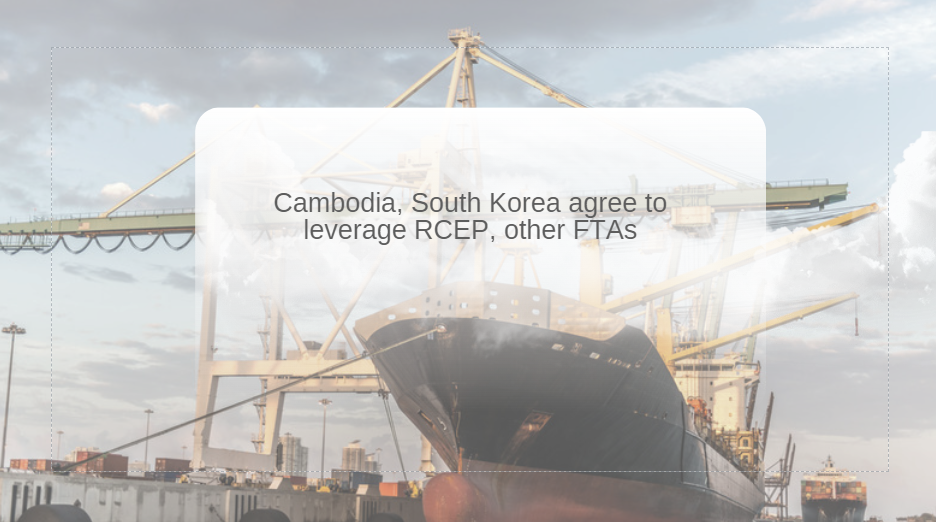ASEAN Ascends – Exploring the Philippines: Consumer Characteristics and E-Commerce Evolution
The Philippine economy has enjoyed robust growth in recent years, leading to an increase in disposable income. This rise in purchasing power has fuelled consumer spending, resulting in a surge in online purchases and pointing the way towards a thriving e commerce future.
However, despite this ongoing shift towards digital transactions, physical retail shops continue to play a crucial role in the daily lives of many Filipinos. The preference for physical stores is deeply rooted in the country's social norms, a factor which underscores the value of the in person shopping experience for Filipinos.
In order to gain a deeper understanding of current market trends and consumer behaviour, HKTDC Research visited the Philippines and talked to a number of stakeholders.
Festival peaks
It is not surprising that the retail sector in the Philippines sees activity peak during the country's most popular holidays. Christmas and the weeks leading up to the start of the school year are the biggest contributors to overall retail sales. Aside from the traditional holidays, special occasions such as Singles' Day also see spikes in sales. However, these increased sales are almost exclusively online, benefiting mostly e commerce players and platforms rather than brick and mortar shops. Similar special days like Twelve Twelve and Nine Nine have also emerged and have generated similar but smaller spending sprees.
Consumer behaviour
Price remains the primary factor influencing purchasing decisions by Filipino consumers. It is worth noting that, in certain product categories such as lifestyle items, brand loyalty can also become a decisive factor. However, younger generations of Filipinos still appear to be more influenced by price than branding, given their budget constraints.
Economic downturns often make consumers more frugal, forcing them either to trade down from premium brands to more affordable alternatives or to opt for smaller purchases. The slump in economic activity caused by the Covid-19 pandemic saw “sachet marketing” emerge as a popular trend, and this has continued through the post pandemic recovery. Products such as shampoo and cooking oil are sold in smaller sachets such as 8ml or 10 ml, rather than the customary 100 ml or 200 ml bottles, in order to meet the need of consumers looking for smaller quantities of the same product rather than cheaper alternatives.
Another response to this growing preference for frugality has been the introduction by major supermarkets of their own house brands as lower priced alternatives to existing branded products. This allows consumers to purchase grocery items with quality assurance and enough consumer confidence at a more affordable price.
Pawnable valuables
When it comes to buying valuables such as jewellery, many Filipino consumers may take into account whether the product can be pawned. A significant number of Filipinos do not use banks and lack access to conventional financial services. Pawn shops act as a viable, accessible means of finance for those who cannot meet the criteria for bank loans or credit cards. By accepting valuable items such as jewellery as collateral, they offer a convenient way of obtaining quick cash and serve as a crucial safety net for Filipinos facing an emergency or an unforeseen financial need. Hong Kong traders, especially jewellery designers, should take this into account and customise their offers for the Philippine market by selling products aimed at the mass market which are easily pawnable.
Filipinos place great value on being able to physically touch and see a product before making a purchase. The importance of allowing consumers to make regular physical inspections of products should not be ignored. In the Philippines, tactile experience of a product instils confidence in its quality and authenticity, while the accompanying personal interaction between the consumer and the retailer holds significant appeal for Filipino shoppers, who can ask questions, seek advice and even engage in haggling and bargaining.
Advertising
The advent of social media now means that traditional marketing via TV and billboards is no longer enough when trying to attract Filipino consumers. It has become vitally important for retailers, particularly when targeting younger demographics, to get endorsements on social networking platforms. According to the 2024 Global Digital Report into data use, Filipinos spend some 8.87 hours online each day, which underlines the importance for online and social media marketing1, including livestreaming and pop up ads.
To strike a balance between online and social media sales on one hand and physical shopping on the other, major retailers have introduced innovative practices such as AI based virtual try on systems for clothing and accessories. These systems, which generate photos of customers wearing their desired outfits taken from different angles, have become very popular, especially among the younger generations.
E-commerce
The e commerce sector in the Philippines is growing rapidly, thanks largely to the perception that it offers a more convenient, value for money shopping experience. E commerce sales, which were rising fast in the Philippines even before the Covid-19 pandemic, have been fuelled by the development of one stop shopping apps from leading players such as SM Retail, as well as e commerce platforms such as Shopee, Lazada and Zalora.
Internet access continues to grow in the Philippines, as can be seen from the chart below. As of January 2024, there were 87 million internet users in the country – some 76% of the population2. This high level of internet penetration, coupled with the relatively high de minimis value of PHP10,000 (US$175, or HK$1,357.3) for cross border e commerce shipment, has created a solid foundation for the Philippine e commerce sector to build upon.
According to the Philippines Statistics Authority (SEA), the e commerce sector is playing a significant role in the country’s digital economy, accounting for PHP416 bn (US$7.24 bn) in 2023, approximately 20% of its total value. That was also equivalent to 2% of the country's GDP that year. SEA Projections indicate that the Philippine e commerce market is likely to enjoy double digit growth in the next few years.
The Philippines, which is looking to raise the level of the e commerce sector to 2.9% of GDP, is actively promoting and developing its e commerce ecosystem. For example, in order to improve the regulation of the sector, the country passed the Internet Transaction Act of 2023 in December 2023, which aims to establish a holistic framework for domestic and cross border e commerce activities. While the section of the legislation which deals with cross border transactions is still in the developmental phase, the Act ensures that merchants selling goods and services to the Philippines (whether through their own brand website or other e commerce platforms, and whether they have physical presence in the country or not) must comply with the country’s laws, including consumer protection legislation, customs and import regulations, tax obligations, intellectual property rights and any other applicable regulations.
In a bid to foster the growth of e commerce, the country’s Department of Trade and Industry (DTI) has launched the eCommerce Roadmap 2022. This outlines the schedule for the development of the sector and emphasises the inclusion of key groups such as the disabled, the elderly, youth and women. The Philippine government aims to empower these vulnerable and sometimes marginalised groups by helping them engage in e commerce or establish e commerce businesses. Given that a significant number of the country’s micro, small and medium sized (MSME) enterprises are operated by women, increasing their adoption of digital transactions is particularly important to improving the adoption of e commerce in the whole MSME sector.3 However, there remain significant challenges with regards to access to digital tools and the availability of robust infrastructure. These are hindering e commerce development, particularly in terms of B2B e commerce activities.
Because of the strong preference among Filipinos for an in person shopping experience, online merchants nowadays tend to integrate their physical and online operations to create an omnichannel online to offline shopping environment. One stop shopping apps from major players are becoming increasingly popular and influential.
Cash on delivery
Cash on Delivery (CoD) is a popular payment method in the Philippines and is expected to remain one of the key payment options in the near future. The prevalence of CoD can be attributed to several factors. Firstly, not everyone in the country is able to or is comfortable with making online payments. Secondly, many Filipino consumers (especially the elderly) feel that cash payments on delivery provide a sense of transparency and security, as it allows them the opportunity to physically inspect the goods before payment.
Digital payments
Before the Covid-19 pandemic, cash payments dominated the Philippine e commerce sector. Since then, however, cards and e wallets have gained traction and are now commonly used in daily transactions among Filipinos. In 2022, the volume of digital payments reached 42.1% of total retail payments, accounting for some 2,044 million transactions.4 Among the younger generations, digital wallets like G-cash and PayMaya have become preferred payment methods.
The Philippine government is actively encouraging the adoption of digital payments through a range of programs and initiatives. One notable effort is the partnership between the Central Bank of the Philippines (BSP) and the private sector to develop innovative payment systems like QR Ph – a national QR code standard that allows transfers between participating banks and e wallets in the Philippines.
In 2023, the Philippines hosted its first Cashless Expo and invited companies and farmers' cooperatives and associations to accept only digital payments. The BSP, meanwhile, has been working with private practitioners, spearheaded by the Philippine Payments Management Inc., to enhance the country's retail payment infrastructure and services. Digital wallets have now become the most preferred payment method across the Philippines.5
The findings of the HKTDC Research trip to the Philippines are published in parts. Please read the following for more information.
(1) ASEAN Ascends - Exploring the Philippines: The Road South
(2) ASEAN Ascends - Exploring the Philippines: The Strategic Investment Priority Plan























































First, please LoginComment After ~